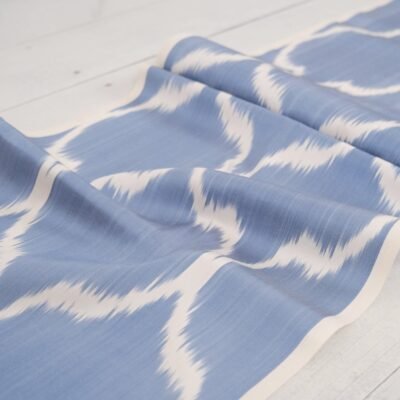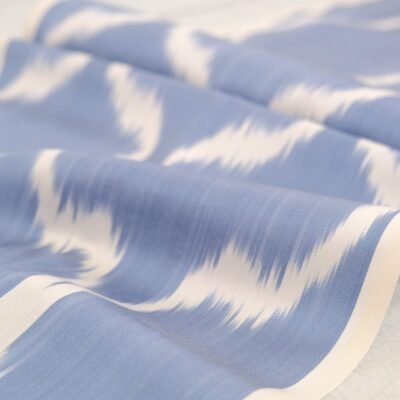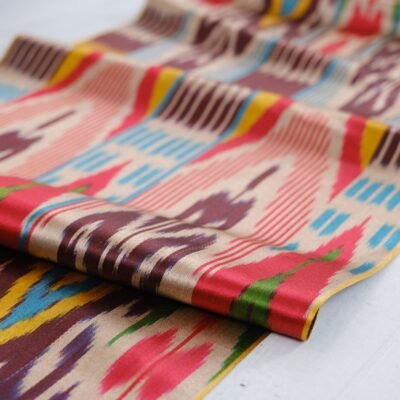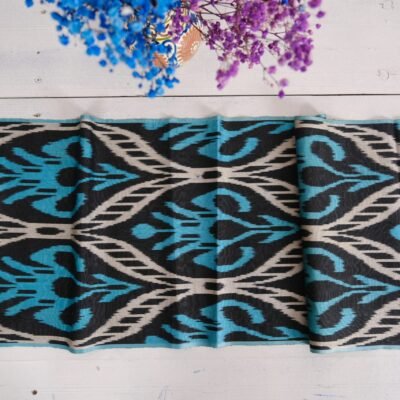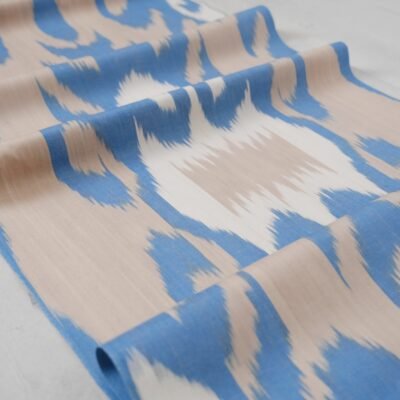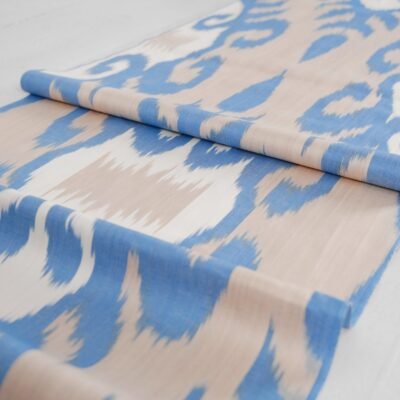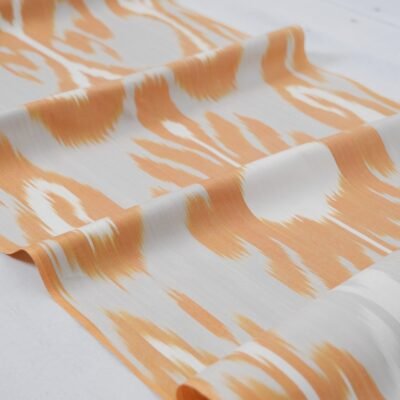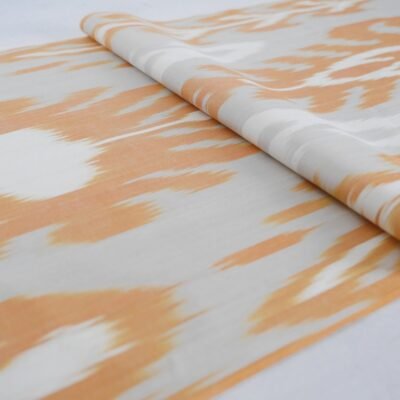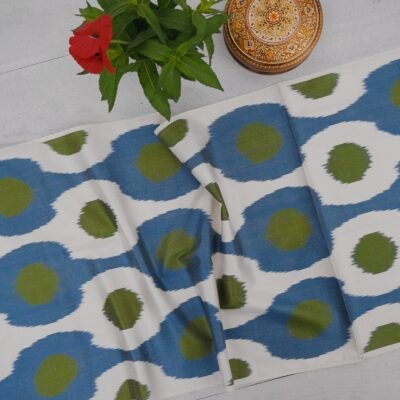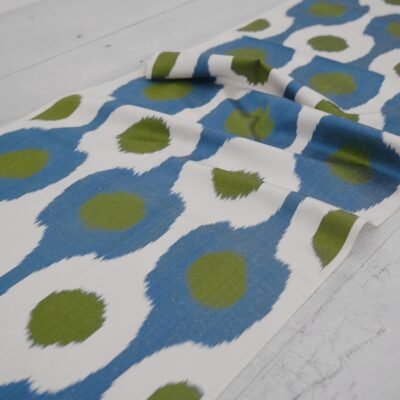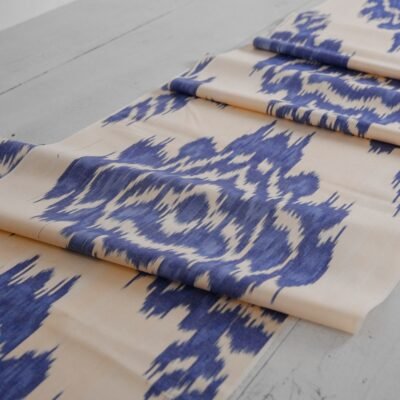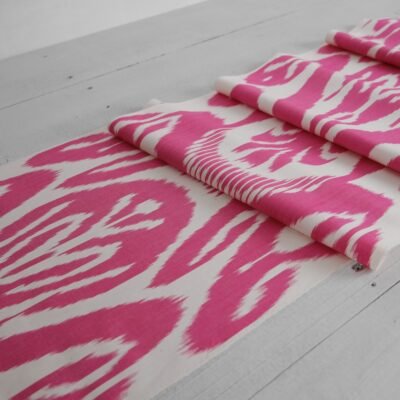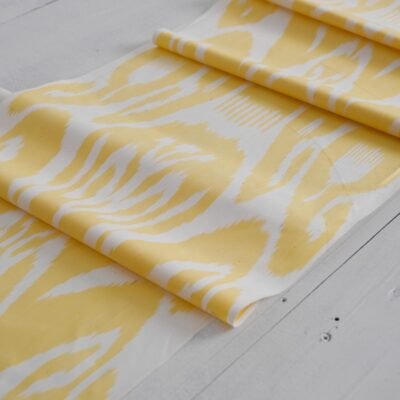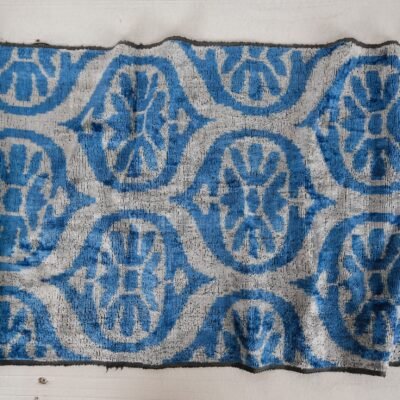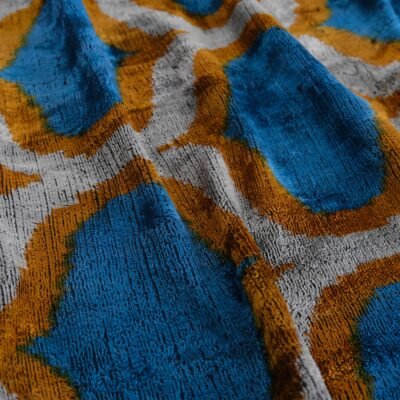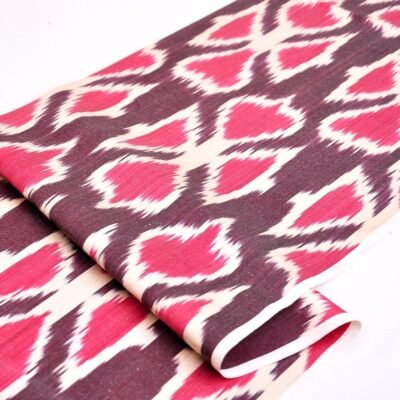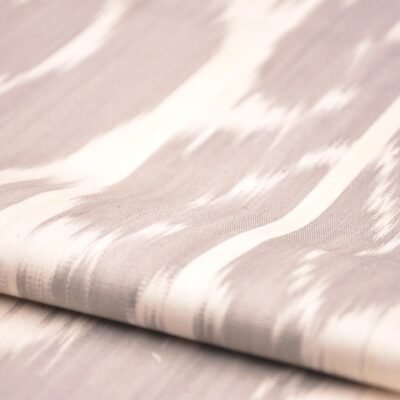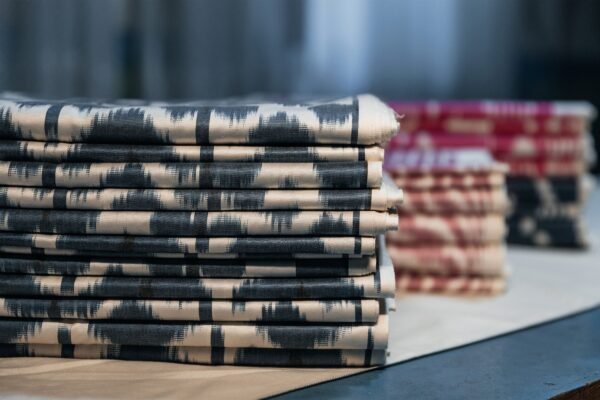Traditional Turkish Fabric and Its Unique Characteristics
Traditional Turkish Fabric can be categorized into three groups: cotton, wool, and silk. The Ottoman Empire was a major force in international trade, and Turkish textiles were highly sought after for their quality and beauty. Turkish textiles are known for their unique designs and colors, which are often inspired by natural plant resources. The fibers used in Turkish textiles are dyed using mordanting, a process that helps the dye adhere to the fabric and creates vibrant, long-lasting colors.
Types of Turkish Ikat Fabric
Turkish Ikat fabric comes in a variety of styles and patterns, each with its own distinct characteristics. One of the most popular types is the "Pazend" style, which features bold and colorful geometric patterns. This type of Turkish Ikat fabric is often used in traditional clothing, such as dresses, skirts, and jackets.
Another popular style is the "Nakış" style, which is characterized by delicate floral motifs and intricate embroidery. This type of Turkish Ikat fabric is often used in home decor, such as curtains, tablecloths, and pillow covers.
In addition to these traditional styles, there are also contemporary variations of Turkish Ikat fabric that cater to modern tastes. These variations often incorporate bolder colors, abstract patterns, and experimental techniques, while still staying true to the essence of Turkish Ikat fabric.
Turkish Ikat Fabric in the Fashion Industry
Over the years, Turkish Ikat fabric has gained international recognition and has become a sought-after material in the fashion industry. Designers from around the world have been drawn to the unique beauty and craftsmanship of Turkish Ikat fabric, incorporating it into their collections.
The versatility of Turkish Ikat fabric allows it to be used in a wide range of fashion items. From chic dresses and blouses to stylish accessories like scarves and handbags, Turkish Ikat fabric adds a touch of elegance and cultural richness to any outfit.
What makes Turkish Ikat fabric even more special is the fact that each piece is unique. The intricate patterns and vibrant colors are a testament to the skilled hands and artistic vision of the weavers. By wearing Turkish Ikat fabric, you are not only embracing a timeless tradition but also supporting the artisans who have dedicated their lives to preserving this ancient craft.
Sustainability and Turkish Ikat Fabric
Turkish Ikat Fabric is a sustainable choice for those who are concerned about the environment. The fabric is made using natural fibers and dyeing methods, which are less harmful to the environment than synthetic materials. Additionally, Turkish Ikat Fabric is often made by small, family-run businesses that prioritize sustainability and ethical production practices.
Exploring the Global Influence of Turkish Ikat Fabric
Turkish Ikat Fabric has had a global influence on textile production and design. The resist dye process used to create the intricate patterns on the fabric has been used in many cultures throughout history, and Turkish Ikat Fabric has been integrated into European cultures of France and Italy. Today, Turkish Ikat Fabric is still traditionally produced in Turkey and is being passed down through families and cultures.
Uses of Turkish Ikat Fabric in Home Furnishings
Turkish Ikat Fabric is a popular choice for home furnishings and textile decoration. The fabric can be used to create stunning curtains, bedcovers, and table runners. It can also be used to upholster furniture, adding a touch of exotic charm to any space.
If you are looking to incorporate Turkish Ikat fabric into your home, look no further than Alesouk. Alesouk is a reputable online store that offers a wide range of authentic Turkish Ikat fabric products. From traditional styles to contemporary designs, they have something to suit every taste and preference.
Conclusion
Turkish Ikat Fabric is a unique and beautiful textile that has been around for centuries. Its intricate designs, vibrant colors, and lightweight feel make it a popular choice for home furnishings, textile decoration, and the fashion industry. Turkish Ikat Fabric is also a sustainable choice for those who are concerned about the environment. Its global influence on textile production and design is a testament to its timeless appeal and beauty.

